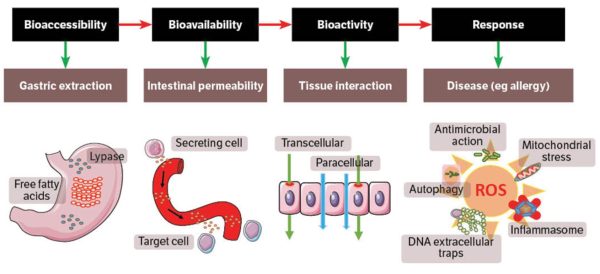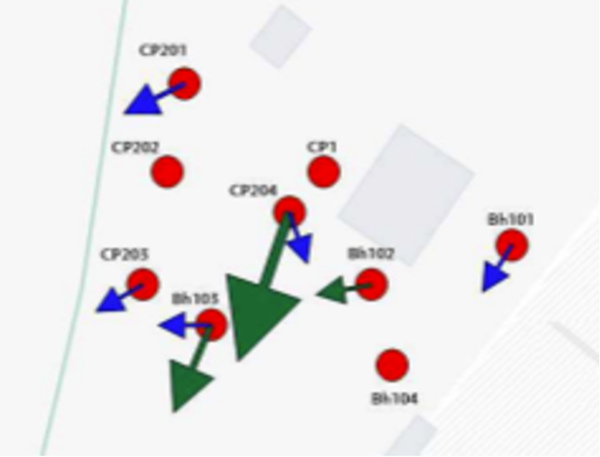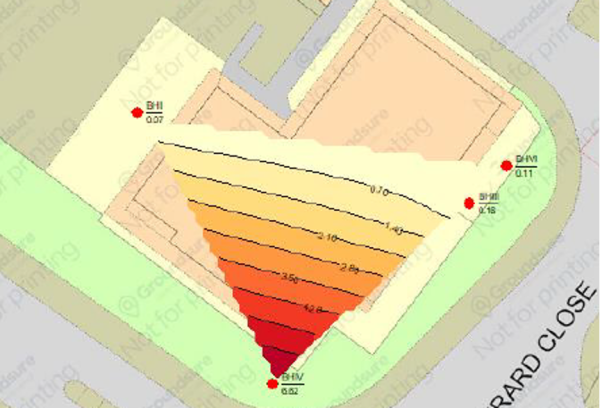The G&W Guide to… The Contaminated Land DQRA
Geoenvironmental • Industry matters • Regulation
In recent blog posts we have provided guidance on Phase 1 Risk Assessments for Contaminated Land (Desk Studies) and most recently the Tier 2 (Generic) Contaminated Land Risk Assessment. If these point to the need for more detailed and specific assessments covering a wide range of factors that apply to your site, then this is where we really earn our fee. Welcome to the Detailed Quantitative Risk Assessment (DQRA).
The first thing you need to be aware of is it can be costly to go down this route. But based on the data gathered so far, we may need to consider a whole host of influencing factors to get your project out the ground on time and on budget.
If you trust the engineer undertaking the DQRA, generally they should be able to get some bang (i.e. reduce remedial requirements) for your buck… Well Ground & Water’s team usually does. Crucially we will tell you upfront if we don’t think paying for a DQRA will be of any benefit.
So, what factors could justify a DQRA?
- The complexity of the site, conceptual site model, ground conditions and processes – we may need to get a more detailed understanding of particular areas or zones of the site
- Potential contaminant linkages – We may need to get you highly specialist information to assess the complexity, toxicity, effects and characteristics of individual linkages
- The current condition of any groundwater impacts. For example, whether a plume is expanding, shrinking or at a steady state
- Any combined or cumulative factors – this may require specialist toxicological and environmental fate and transport knowledge
- Any potential changes in site circumstances
- Any uncertainty of data – such as unexpected monitoring results
- The methods that must be used to assess the data to achieve the required degree of confidence required to satisfy the regulator.
So in a nutshell a DQRA is where a risk assessment is taken to the next level, making it much more site specific. It analyses the technical factors which differ from the generic on a particular site. This could be:
- Site-specific exposure data for example, current and future receptor age classes and exposure frequencies
- Sampling of home grown produce
- Bio accessibility testing
- Monitoring of indoor air quality
- Site-specific parameters for the risk assessment model such as fraction organic carbon and half-lives for degradation
- Additional information on the nature of the contaminant, soil, vapour and water matrix.

The DQRA may need to look at the specific chemicals present and their:
- Chemical type – for example, organic, inorganic, ionic
- Toxicity
- Concentration, amount and distribution – laterally and vertically
- Solid, liquid or gas
- Solubility, volatility and density
- Potential for biodegradation
- Bioavailability and bio accessibility
- Information on changes in source or contaminant properties over time and with a changing climate – for example, hydrocarbon weathering, concentration reduction, change in bioavailability
- Partitioning behaviour of soil, sediment, water, air or biological factors
- Contaminant transport properties including evidence of breakdown products and the potential for the accumulation of daughter and degradation products.

 Or maybe the nature of the soil, water and vapour matrix includes:
Or maybe the nature of the soil, water and vapour matrix includes:
- Physical form and properties – such as particle size
- Lateral and vertical distribution of contaminants
- Gas and liquid permeability – such as diffusion and preferential pathways
- Chemical composition – such as pH, organic matter content, other pollutants, including inhibitors
- Physical and chemical stability.
All this is usually done via the CLEA Spreadsheet for Human Health Tool and the EA R&D P20/Quantitative Risk Assessment Spreadsheet. Although other things like RISC-Human, RBCA toolkit for chemical releases, and ConSim are available.

The point is that although some of the above adaptions to Generic Quantitative Risk Assessments only make a minor difference, some amendments can have a profound impact, allowing DRQA’s to produce Site Specific Assessment Criteria which shows the risks are low enough that no further action is needed and you can exit the process.
The Ground & Water Difference
In the speed and cost driven market we operate in, it is all too easy to step off the risk assessment process too early and take the easy route that assumes remediation is required. Planning policy doesn’t help here.
However, there are sustainability and cost savings to be made by persevering and commissioning a DQRA. As we said earlier, we will be upfront with you and tell you if it we think it is a waste of your money. But if we believe a DQRA will save you money and time in the longer term and help get your scheme approved we just need your trust and willingness to proceed and have the time to deliver this outcome.
